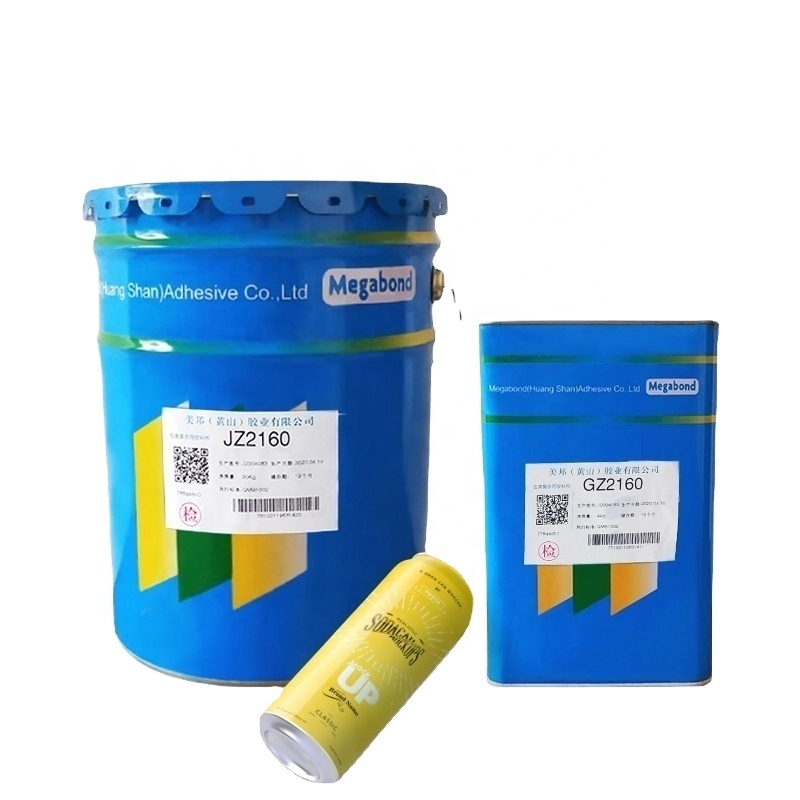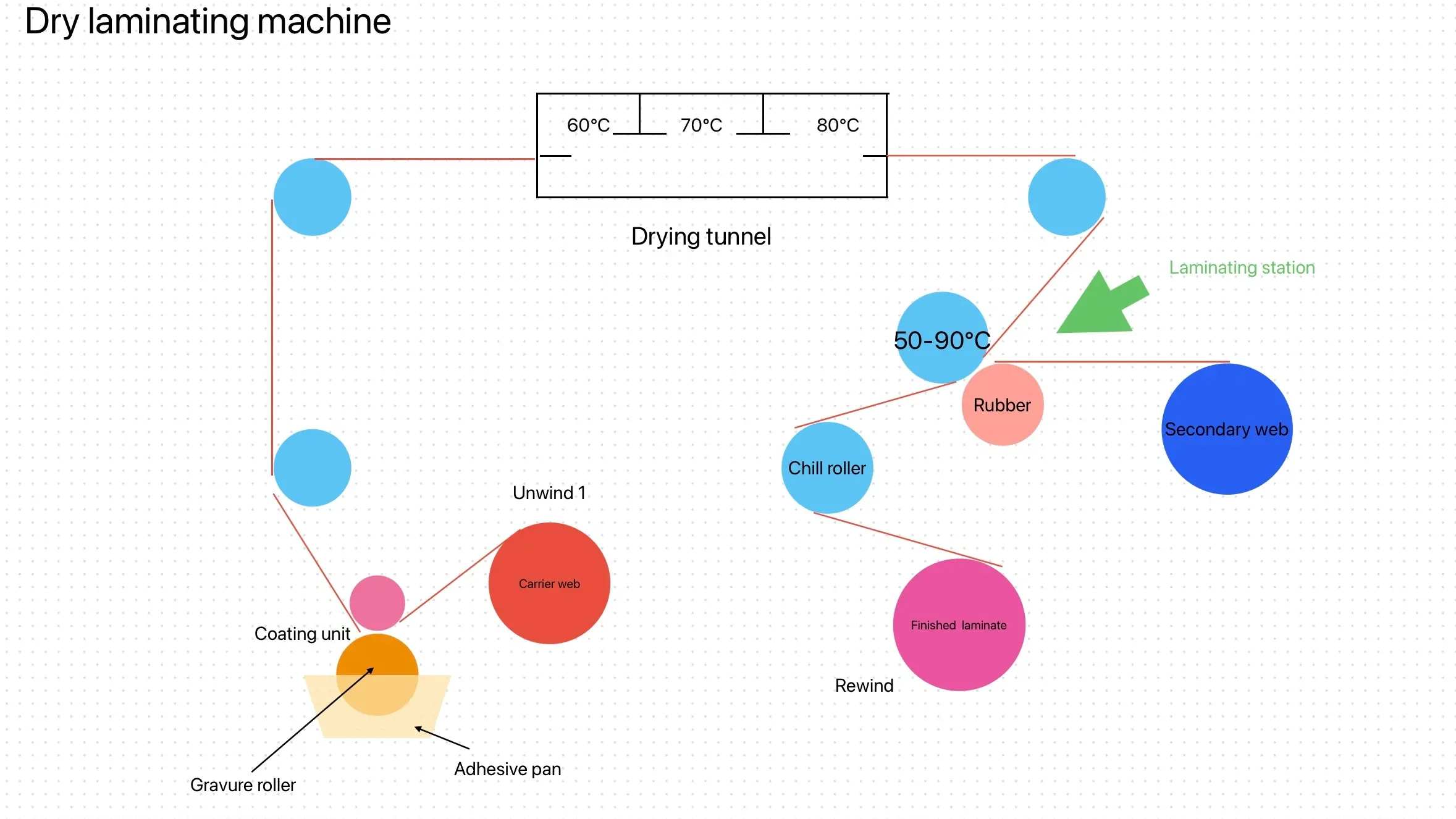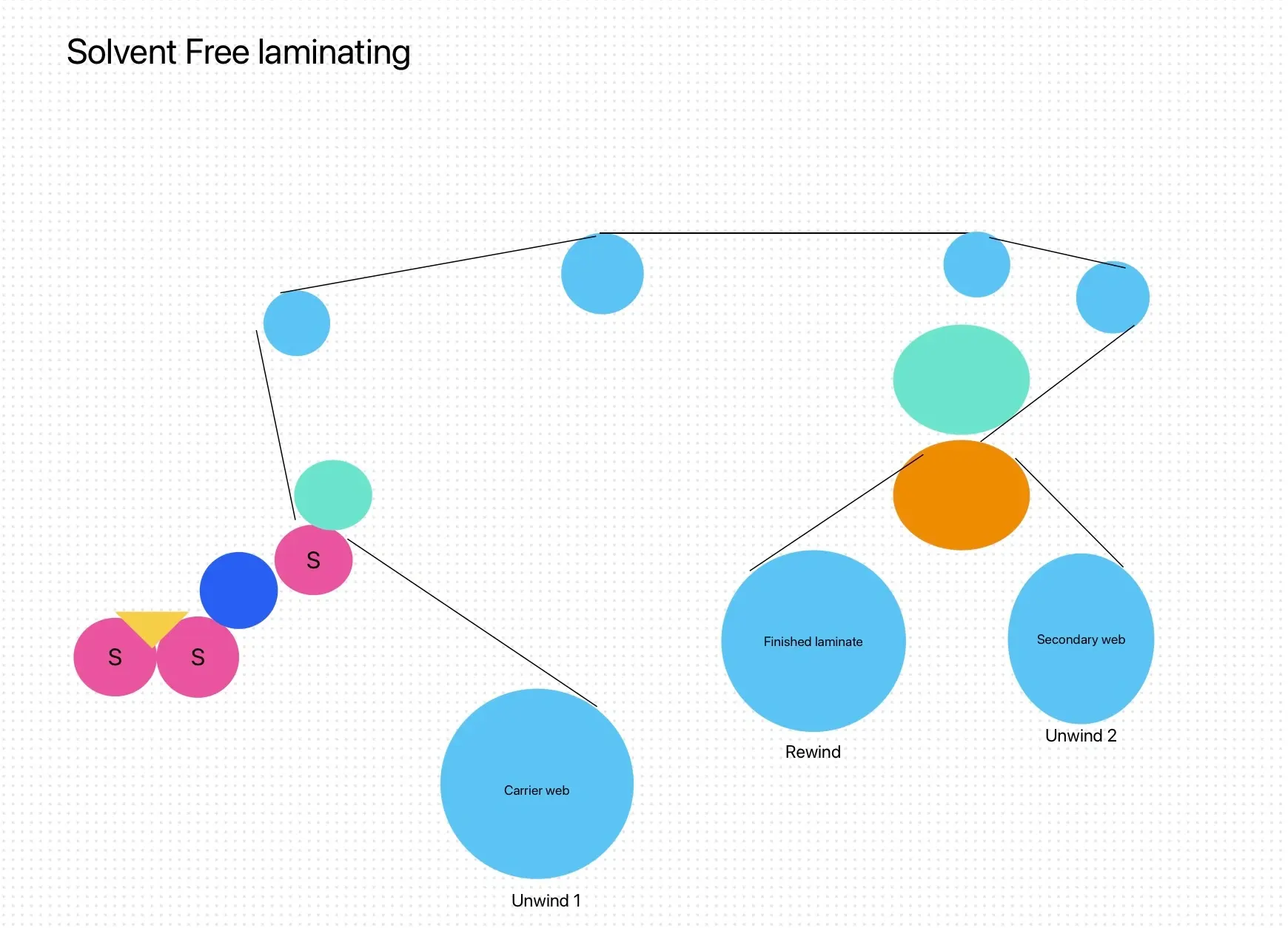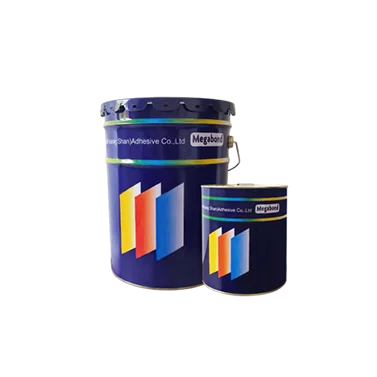Fiberglass is an incredibly versatile and durable material, commonly used in industries like automotive, marine, aerospace, and construction. However, the key to achieving strong, long-lasting bonds with fiberglass lies in effective surface treatment before applying polyurethane (PU) lamination adhesive. In this article, we explore the essential surface treatments for fiberglass materials and how they enhance the adhesion process, ensuring superior bond strength.
สารบัญ
Why Surface Treatment Is Crucial for Fiberglass Bonding
Surface treatment plays a pivotal role in achieving a strong adhesive bond. Fiberglass surfaces can accumulate dust, oils, or other contaminants, which can impair the bonding efficiency of the PU adhesive. Proper surface treatment enhances the surface energy of fiberglass, providing a clean and receptive surface that promotes better adhesive bonding.
The goal of surface treatment is to create a rougher, cleaner, and more reactive surface for the adhesive to adhere to. This is crucial for creating a mechanical bond, which contributes to long-term adhesion performance.

Common Surface Treatment Methods for Fiberglass
To ensure effective bonding of fiberglass to PU lamination adhesive, the following surface treatments are typically used:
1. Cleaning Fiberglass Surfaces
- Purpose: Cleaning is the first and most essential step in preparing fiberglass for adhesive bonding. It removes oils, dust, and grease that could prevent strong adhesive attachment.
- Method: Use solvents like acetone or isopropyl alcohol to clean the surface. These solvents are effective in eliminating contaminants, allowing the adhesive to form a solid bond.
- Tip: Always allow the fiberglass to dry completely before applying any adhesive.
2. Sanding the Surface
- Purpose: Sanding helps to increase the surface area of the fiberglass and create a more textured surface, enhancing mechanical bonding.
- Method: Sand the fiberglass using medium-grit sandpaper (80 to 120 grit) to roughen the surface. After sanding, ensure to clean off all dust to prevent interference with the adhesive.
- Tip: Avoid over-sanding, as this could cause deep scratches that may compromise the fiberglass’s integrity.
3. Etching for Better Adhesion
- Purpose: Etching is often necessary for fiberglass with a smooth or gel-coated surface. It opens the fibers of the material and improves adhesion.
- Method: Use phosphoric acid or specialized etching solutions to treat the surface. This helps in creating a better chemical bond between the fiberglass and the adhesive.
- Tip: Be cautious with acid etching, as it can degrade the fiberglass if left on too long.
4. Priming the Fiberglass
- Purpose: Primers improve the bonding properties of fiberglass by enhancing the adhesion of the PU adhesive.
- Method: Apply a primer specifically designed for polyurethane adhesives. These primers chemically bond to both the fiberglass and the adhesive, ensuring a more reliable bond.
- Tip: Allow the primer to cure completely before applying the PU adhesive.
5. Corona or Plasma Treatment
- Purpose: These advanced treatments increase the surface energy of the fiberglass, improving adhesive wettability.
- Method: Use high-voltage electrical discharges (corona treatment) or gas plasma (plasma treatment) to modify the fiberglass surface.
- Tip: These treatments are particularly effective in industries like automotive and aerospace, where performance requirements are high.
6. UV-Curing or Thermal Surface Treatments
- Purpose: UV-curing or thermal treatments alter the molecular structure of the fiberglass surface to enhance the adhesive bond.
- Method: Apply a UV or thermal treatment to the fiberglass to increase its reactivity, ensuring a better bond.
- Tip: These treatments require specialized equipment and are typically used in industrial settings.
Key Adhesive Performance Standards
Understanding adhesive performance is essential for ensuring that the bond between fiberglass and กาว PU meets industry requirements. Several established standards help measure and evaluate adhesive strength:
1. ASTM D903 – Peel or Stripping Strength of Adhesive Bonds
- This test measures the force required to peel apart an adhesive bond. It’s crucial for assessing how well the PU adhesive bonds to fiberglass under stress.
- Why It Matters: A high peel strength indicates that the adhesive can withstand forces that attempt to separate the bond.
2. ISO 4587 – Tensile Lap-Shear Strength of Rigid-to-Rigid Bonds
- This standard evaluates the shear strength of rigid-to-rigid adhesive bonds. It’s vital for fiberglass materials that will be subjected to shear stresses in real-world applications.
- Why It Matters: Ensuring strong shear strength guarantees that the adhesive will hold up under high-stress conditions.
3. “Adhesive Bonding of Fibrous Composites” by M. H. Ali and A. R. Bunsell
- This research paper offers valuable insights into the challenges and best practices for bonding fibrous composites like fiberglass with adhesives. It highlights the importance of surface preparation in achieving optimal bonding results.
- Why It Matters: Combining surface treatment methods and selecting the right adhesive ensures the best bond strength for fiberglass.
Best Practices for Fiberglass Surface Treatment
To ensure the best results when using PU lamination adhesive on fiberglass, consider the following best practices:
- Clean Thoroughly Before Adhesive Application: The importance of removing contaminants cannot be overstated. Cleaning with solvents ensures the surface is free of oils and dust that could compromise adhesion.
- Choose the Right Treatment for Your Application: Depending on the fiberglass type and the specific requirements of your project, choose the appropriate surface treatment. For example, use sanding for textured surfaces or etching for gel-coated fiberglass.
- Consider Advanced Treatments for High-Performance Applications: If you’re working in highly demanding industries (e.g., aerospace), consider advanced treatments like corona or plasma for enhanced bonding.
- Follow Manufacturer Guidelines: Always refer to the adhesive manufacturer’s guidelines for the best bonding techniques, including curing times, primer application, and surface preparation specifics.
บทสรุป
The strength of the bond between fiberglass materials and PU lamination adhesives largely depends on the quality of surface preparation. Proper cleaning, sanding, etching, priming, and advanced treatments such as corona or plasma treatment can significantly enhance the adhesive bond. By following these best practices and adhering to industry standards like ASTM D903 and ISO 4587, manufacturers can ensure a strong, durable, and long-lasting bond for a wide range of fiberglass applications.
For those working with fiberglass and PU adhesives, understanding the importance of surface treatment and selecting the right methods can make the difference between a successful bond and failure. By optimizing the surface preparation process, companies can ensure the performance and reliability of their products for years to come.




